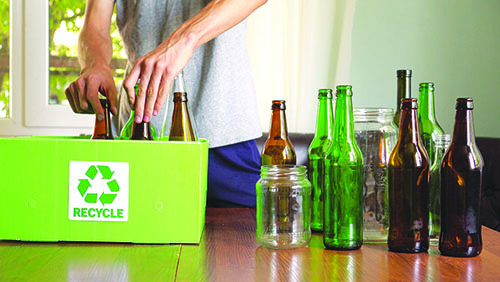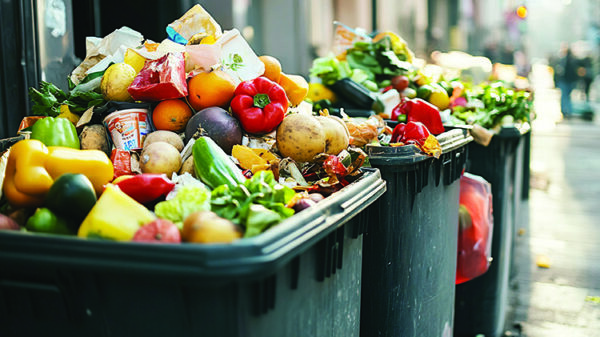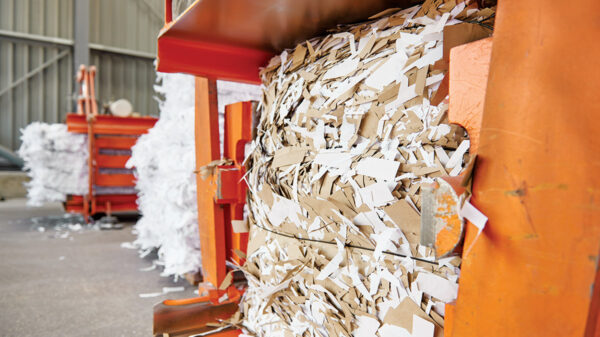The Environmental Research & Education Foundation (EREF) has released a new report entitled Composting State of Practice: Results from a National Operations Survey. This comprehensive survey, conducted in collaboration with the US Composting Council (USCC) and the Desert Research Institute (DRI), offers a look into the current state of composting operations across the U.S.
The report, based on responses from over 300 composting facilities, provides valuable insights into the design capacities, production levels, and regional trends in organic material composting. It is a crucial resource for understanding the dynamics of the U.S. composting industry in 2024.
Key Findings:
- Growth in the Composting Sector: The tonnage of organics processed and the number of active composting facilities have both increased in 2019 and 2021 from 2016 levels, showing significant growth in the composting sector.
- Regional Differences in Facility Characteristics: There are notable regional variations in composting facilities. The Northeast has many facilities with small or micro design capacities, while the Southeast and Pacific regions have fewer but larger capacity facilities, leading in tons processed.
- Windrows are the Most Common Composting Method: 42 percent of facilities used windrows; however, over 20 percent of the surveyed facilities use multiple composting methods. These facilities are responsible for processing more organic waste and producing more compost compared to single-method facilities.
- Operational Concerns: Issues affecting day-to-day operations, such as physical contamination and labor, are considered important by the majority of respondents. In contrast, less visible issues like microplastics and chemical contamination are deemed less important, though they may become more significant as new regulations emerge.
- Revenue Sources and Facility Size: The report highlights differences in revenue sources based on region and facility size. For example, the Pacific and Southeast regions rely heavily on tipping fees, while the Midwest sees a higher percentage of revenue from product sales.
This report aims to inform and guide stakeholders, decision-makers, and environmental advocates toward more effective and innovative composting strategies by providing a detailed snapshot of the composting industry’s current state. EREF’s commitment to research and education in this field underscores the importance of understanding and addressing the complexities of waste management in an ever-evolving environmental landscape.
The report is available and can be downloaded from the EREF website at www.erefdn.org or from the USCC website at www.compostingcouncil.org.
Published April 2025







